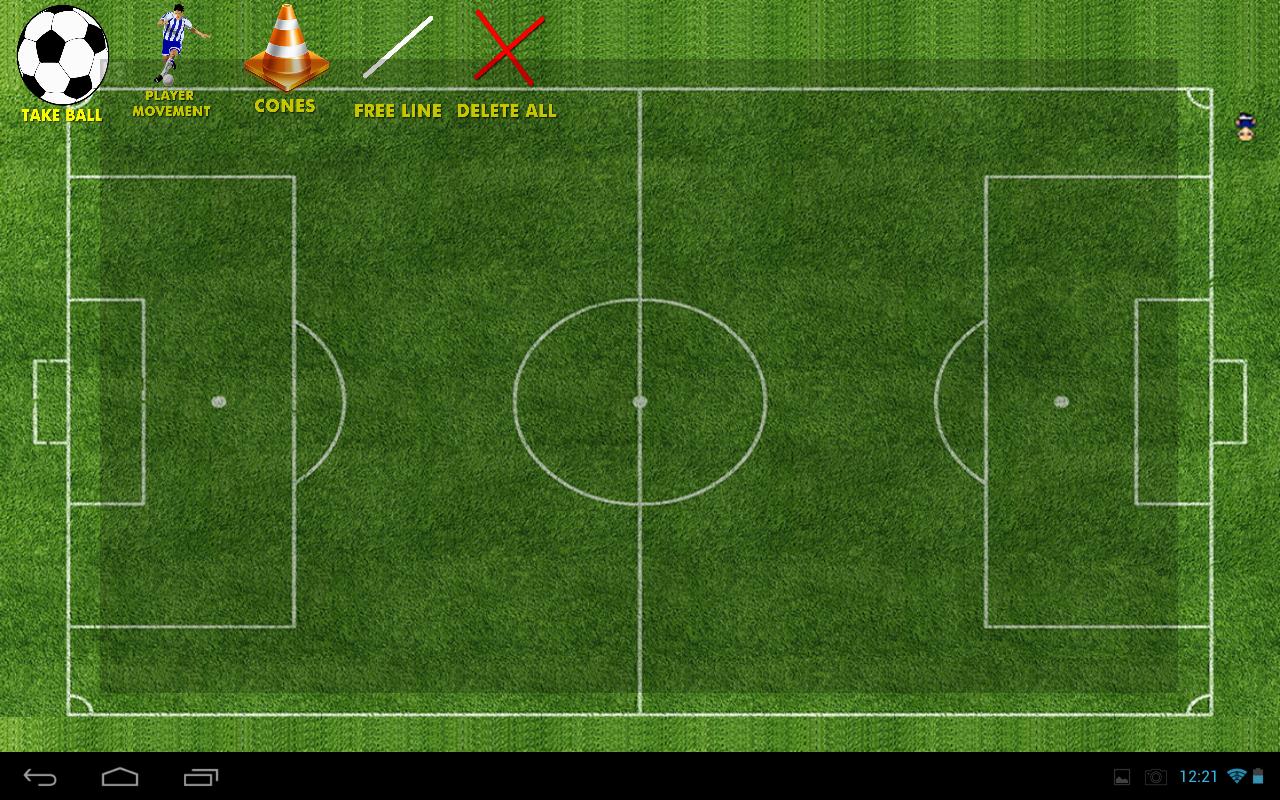


To successfully implement this tactic, you need disciplined players who are willing to fight for the team and battle for every ball. With the three midfielders lying right in front of the centrebacks and the lone striker putting pressure on the opponent's midfielders, it then makes it very difficult for the opposition to score. This allows the two full-backs to tuck in alongside the centrebacks and the two wingers drop in to either side of them, effectively creating a back six. Teams usually line up in a 4-5-1 if they are looking to use this tactic. You allow them to play in front of your defence and low-lying midfield, only engaging when they come too near or venture into dangerous positions. The idea behind this style of play is to limit the space and time your opponents have on the ball. While this sacrifices their own attacking outlet and gives their opponents the initiative, it can be a very useful tactic to use if you are looking to keep a clean sheet or protect a lead in a match. When teams park the bus, they pull everyone back and try to limit the opposition to as few opportunities as possible. One of the soccer tactics Jose Mourinho used to line up against Pep Guardiola's teams was to "park the bus" and hope to hit them on the counter. This is because coaches have set their teams up to either defend deep and attack on the counter, or press high in the hopes of winning the ball back in a more dangerous area. While it was very much in vogue a few years ago, recent tactical innovations have seen it decline in popularity. When it doesn't, it can be very frustrating for the players if their coach keeps demanding they replicate a style of play when they are just not able to. When it works, Tiki-Taka can be an absolute delight to watch. The keeper, too, should be quick off their line to sweep behind the high line defence, and also be adept at passing the ball around confidently. Your defenders should also be good on the ball and at times push up into midfield or overlap past the winger on the flanks. The key to this tactic is creativity, technical skills, and fluidity.Īs well as the right personnel to play it, of course. Their role is to stretch the opposition, make intelligent runs, and drag the opponent's defenders out of position. In addition to the technical and creative midfielders this system demands, you also need intelligent and agile forwards. Tiki-Taka involves keeping possession using short passes with all players constantly on the move - interchanging positions and overloading the opposition's midfield. While Tiki-Taka has its origins in the Dutch team of the 70s, it was Pep Guardiola's Barcelona team of 2008 – 2012 that made this style of play famous around the world. In addition, it also improves the players' tactical knowledge and understanding of the game.Ĭheck out the link below for an in-depth guide on the most common formations: While many teams stick to just one over the course of the season, it’s well worth working on a couple so that you can vary things up depending on your opposition. Once you have had a think about the players at your disposal and how you want the team to play, you can then start coaching the formation in your training sessions. Similarly, it’s very hard to make a single striker system work if you don't have the right player up front to slot the ball in the back of the net. Understanding each formation allows you to select the one that best suits your squad.įor example, it’s no good forcing your players to play a 3-5-2 if you don't have the right type of players to fill in on the flanks. While some formations allow you to dominate possession or overwhelm the opposition on the wings, others are more defensive and counter attacking in nature. Knowing the strengths and weaknesses of each formation will go a long way to deciding what you and your players do as a team and what tactics you use. Before looking at various advanced soccer tactics you can implement as a coach, one of the most important tactical decisions you need to decide on is which formation you’ll use.


 0 kommentar(er)
0 kommentar(er)
